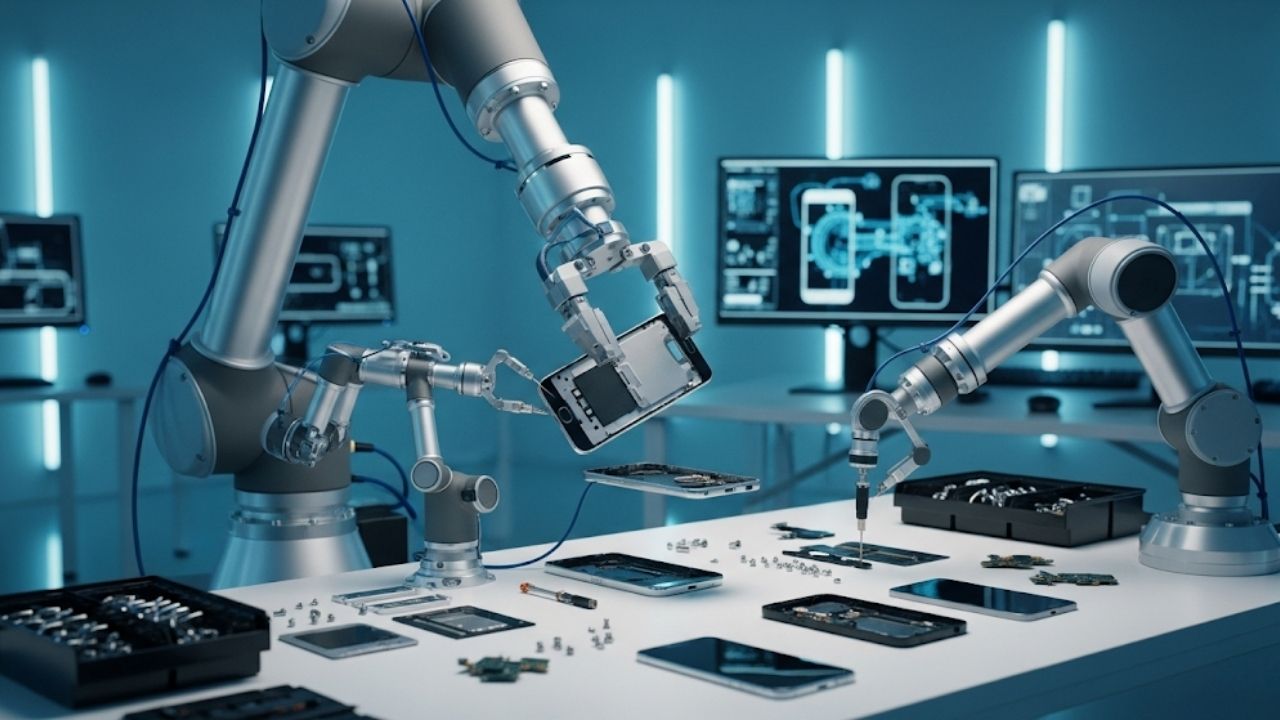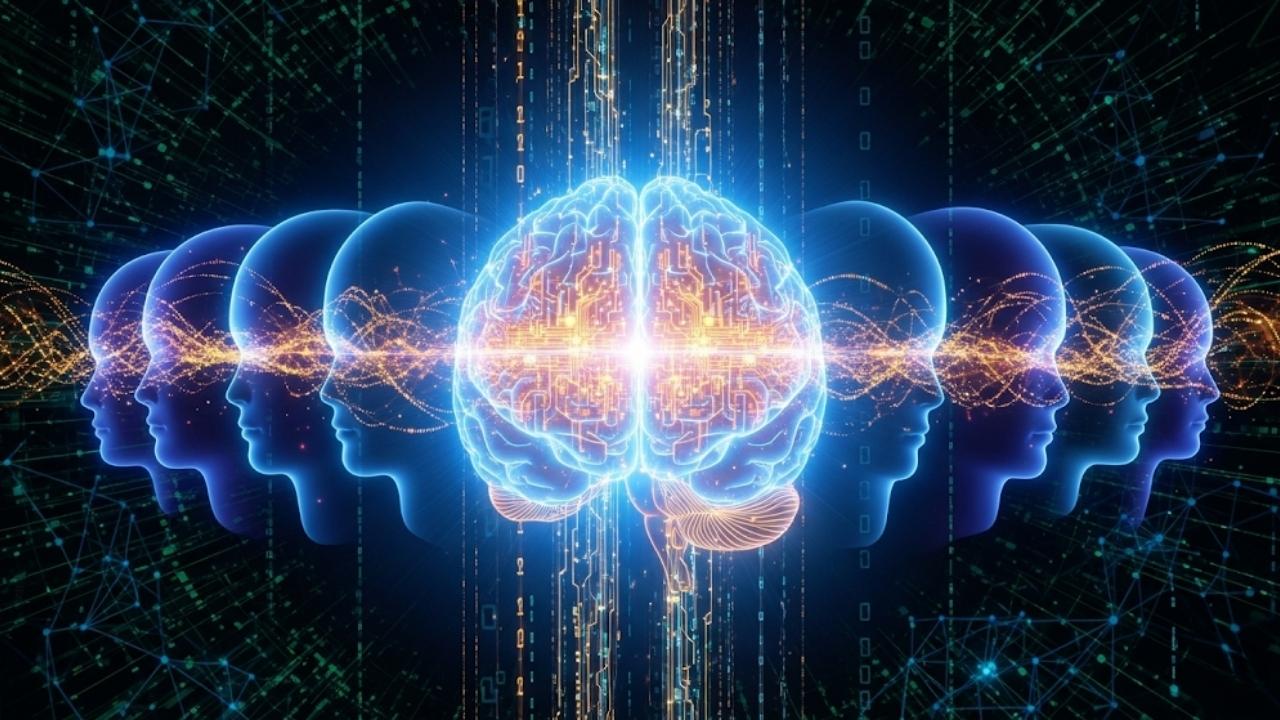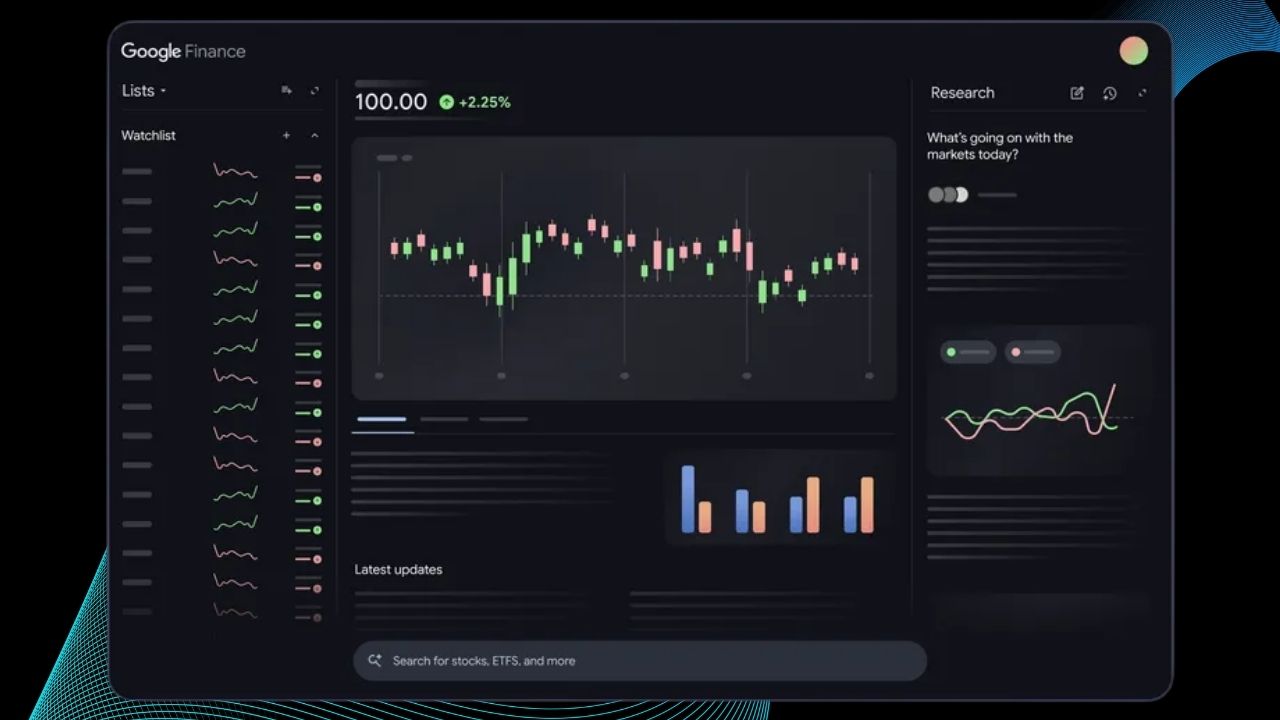How Light and Glass Could Crack the Quantum Code: Imagine if computers could solve problems in seconds that would take today’s fastest supercomputers thousands of years. This is the promise of photonic quantum computing, a groundbreaking technology that uses light and glass to process information in ways never before possible. This article explains how this technology works, why it’s so revolutionary, and what it could mean for our future—whether you’re a student, a professional, or just someone curious about the next big thing in tech.
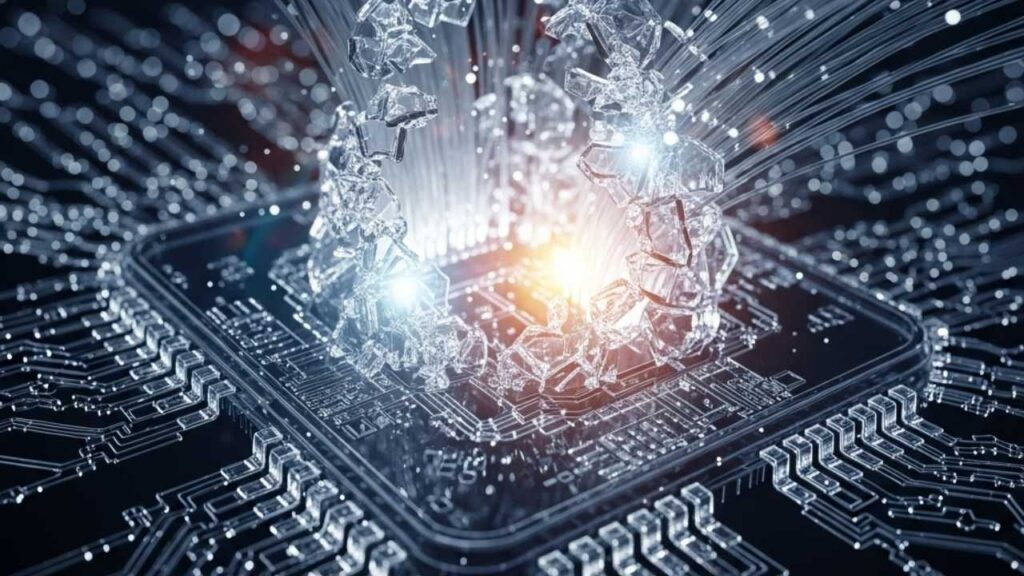
How Light and Glass Could Crack the Quantum Code
| Feature/Fact | Details |
|---|---|
| What is it? | Photonic quantum computing uses light (photons) and glass chips to perform quantum calculations. |
| Why is it special? | Operates at room temperature, highly resistant to noise, and can be scaled more easily than traditional quantum computers. |
| Speed | Can solve some problems in seconds that would take classical supercomputers thousands of years. |
| Applications | Drug discovery, cryptography, logistics, AI, and more. |
| Professional Impact | Opens new career paths in quantum engineering, photonics, and quantum software. |
| Official Resource | Xanadu Quantum Technologies |
Light and glass are opening the door to a new era of quantum computing. By harnessing the unique properties of photons and advanced glass chips, scientists are building quantum computers that could solve problems once thought impossible. While there are still challenges to overcome, the future looks bright for photonic quantum computing—offering new possibilities for industries, professionals, and learners everywhere.
What Is Photonic Quantum Computing?
Photonic quantum computing is a new approach to quantum computers where the “qubits”—the quantum version of bits—are made from photons, the tiny particles that make up light. Instead of using electricity and metal wires, these computers use glass chips to guide and control photons, allowing them to perform calculations that are impossible for traditional computers.
Why Are Light and Glass So Important?
- Light (Photons): Photons travel at the speed of light, don’t interact much with their surroundings, and can carry information over long distances without losing it. This makes them ideal for quantum computing, where even tiny disturbances can ruin calculations.
- Glass Chips: Special glass chips act as highways for light, guiding it through tiny channels. These chips are made using advanced laser-writing techniques that “draw” circuits inside the glass, allowing scientists to control how photons move and interact.
How Does Photonic Quantum Computing Work?
Let’s break down the process step by step:
1. Creating Photonic Qubits
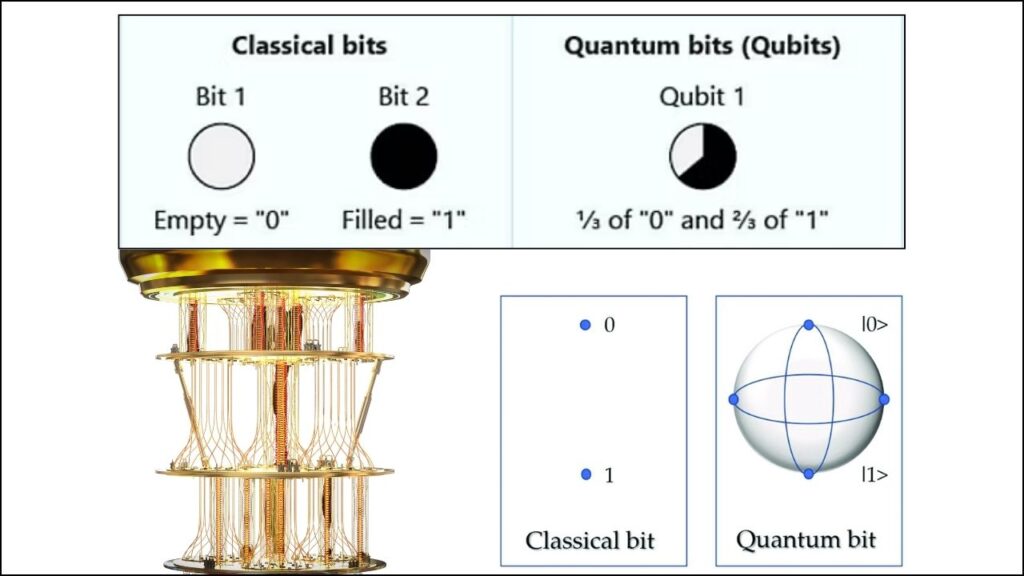
A qubit is the basic unit of quantum information, similar to a bit in classical computing. But unlike a bit, which can be either 0 or 1, a qubit can be both at once—a property called superposition. In photonic quantum computing, qubits are made by encoding information onto photons using properties like:
- Polarization: The direction in which the light wave vibrates.
- Phase: The position of the wave at a certain point.
- Frequency: The color or energy of the light.
2. Manipulating Photons with Glass Chips
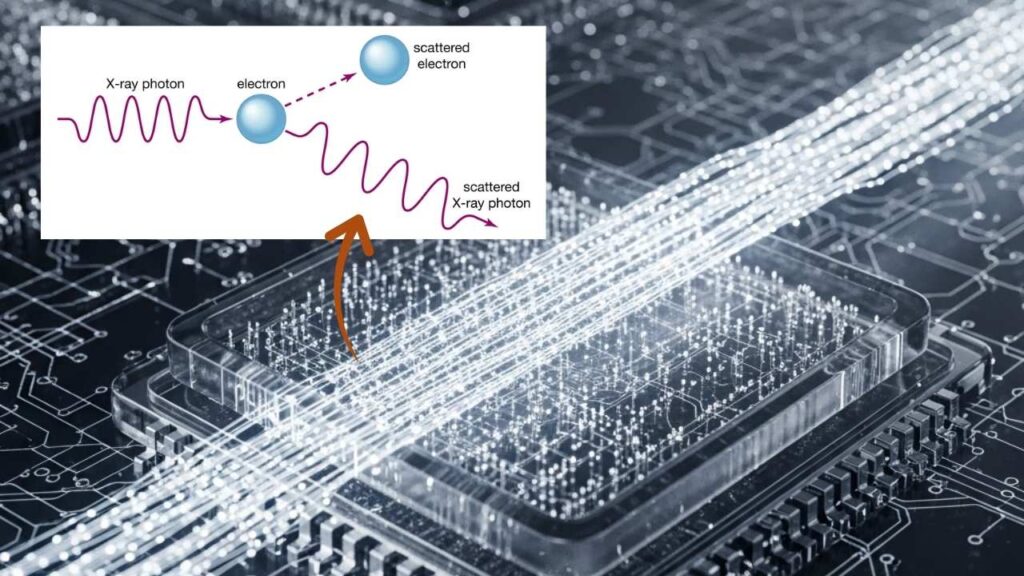
Once photons are created, they travel through glass chips filled with microscopic mirrors, beam splitters, and phase shifters. These components:
- Split or combine beams of light
- Change the path or timing of photons
- Entangle photons (linking them so that what happens to one instantly affects the other, even if they’re far apart)
By arranging these components in precise ways, scientists can perform complex quantum operations. For example, they can solve equations, search huge databases, or simulate molecules.
3. Measuring the Results
After the photons have traveled through the chip, detectors measure their properties. The results are then translated into answers we can use, such as the solution to a math problem or the simulation of a chemical reaction.
Why Is This a Game Changer?
Room-Temperature Operation
Traditional quantum computers often need to be cooled to temperatures colder than outer space, which is expensive and impractical. Photonic quantum computers, in contrast, can work at room temperature. This makes them cheaper, easier to maintain, and more accessible for real-world use.
Noise Resistance
Photons are less likely to be disturbed by their environment compared to the electrons or ions used in other quantum computers. This means more reliable calculations and fewer errors, making photonic quantum computers especially attractive for large-scale applications.
Scalability
Because light can travel through glass with very little loss, it’s easier to build bigger and more powerful quantum computers using photonics. Researchers have already demonstrated small-scale photonic quantum processors, and the technology is advancing quickly.
Speed and Efficiency
Photonic quantum computers can solve certain problems in seconds that would take classical computers thousands of years. For example, simulating complex molecules or optimizing massive networks could become routine tasks.
Real-World Applications
The impact of photonic quantum computing goes far beyond just faster calculations. Here are some of the most exciting possibilities:
1. Medicine and Drug Discovery
Simulating molecules and chemical reactions is extremely difficult for classical computers. Quantum computers can model these processes much more accurately, speeding up the discovery of new drugs and materials. This could lead to treatments for diseases that are currently incurable.
2. Cryptography and Cybersecurity
Quantum computers can break some of today’s most secure encryption methods, but they can also create new, unbreakable codes using quantum key distribution. This means more secure communication for governments, businesses, and individuals.
3. Artificial Intelligence and Machine Learning
Quantum computers can process massive amounts of data and find patterns much faster than classical computers. This could revolutionize fields like robotics, finance, and weather prediction, leading to smarter AI systems and better decision-making tools.
4. Logistics and Optimization
From finding the fastest delivery routes to optimizing supply chains, quantum computers can quickly solve complex optimization problems that would take classical computers ages to figure out. This could save companies billions of dollars and reduce environmental impact.
5. Climate Modeling and Environmental Science
Accurately modeling the Earth’s climate requires enormous computational power. Quantum computers could provide new insights into climate change, helping scientists develop better strategies for protecting our planet.
The Science Behind the Scenes
Quantum Entanglement
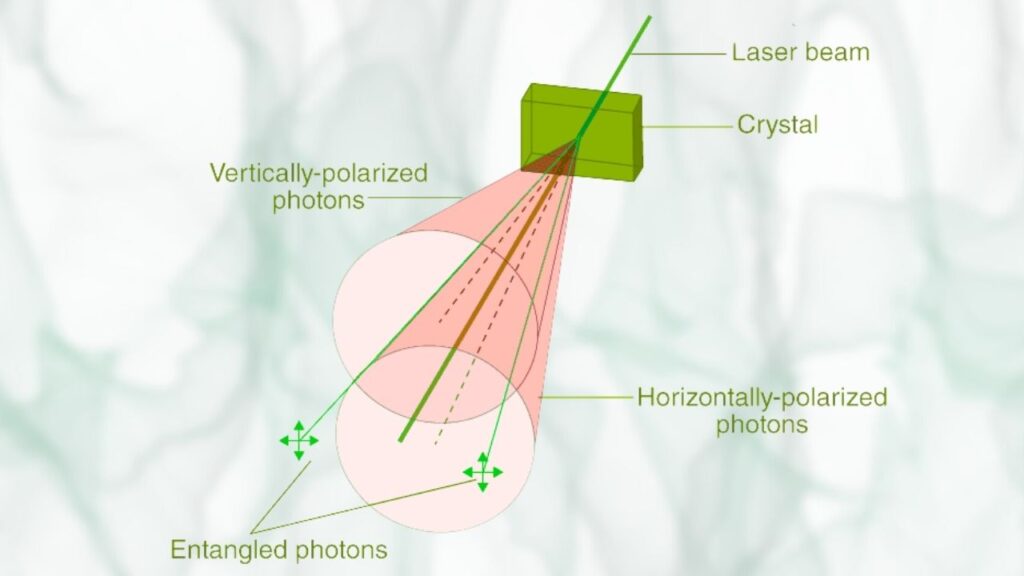
One of the most mysterious and powerful features of quantum computing is entanglement. When two photons are entangled, what happens to one instantly affects the other, no matter how far apart they are. This allows quantum computers to perform calculations that are impossible for classical computers.
Quantum Interference
Photons can interfere with each other in ways that allow quantum computers to explore many possible solutions at once. This is what gives quantum computers their incredible speed and power.
Integrated Photonics
Modern photonic quantum computers use integrated photonics, where entire quantum circuits are built onto a single glass chip. This technology is similar to how classical computers use silicon chips, but it’s designed for light instead of electricity.
Challenges and the Road Ahead
While the potential of photonic quantum computing is enormous, there are still significant challenges:
1. Generating Perfect Photons
Creating and controlling single photons reliably is still a technical challenge. Scientists are working on new sources and detectors to make this process more efficient.
2. Building Reliable Quantum Gates
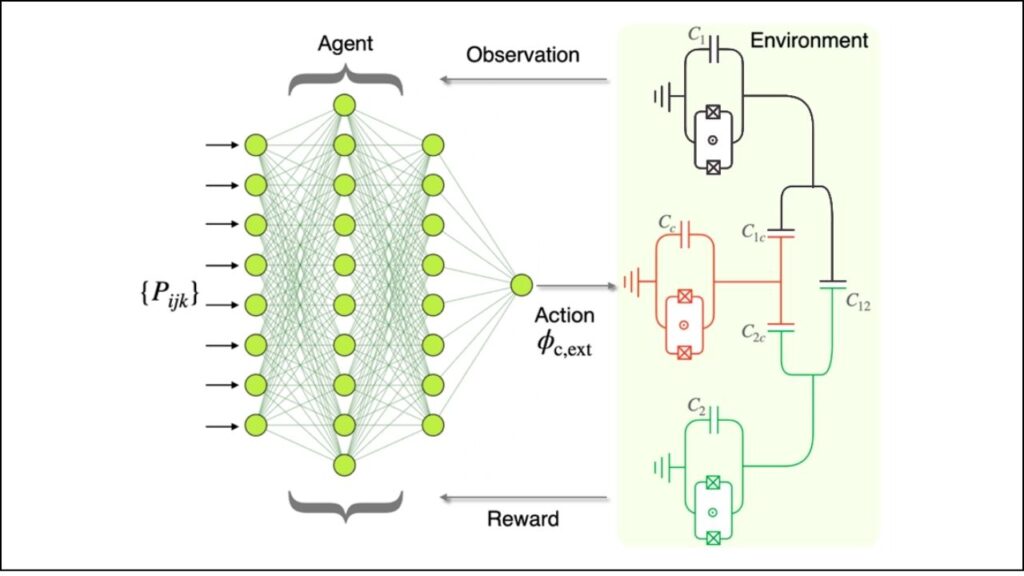
Quantum gates are the building blocks of quantum computers. Making them efficient and error-free with photons is an ongoing area of research.
3. Scaling Up
Moving from small prototypes to large, practical machines will require new engineering breakthroughs and significant investment. Companies and governments around the world are investing heavily in this area.
4. Software and Algorithms
Quantum computers require new kinds of software and algorithms. Developing these tools is a major focus for researchers and companies in the field.
Practical Advice: How Can You Get Involved?
For Students and Young Learners
- Learn the Basics: Start with the fundamentals of quantum mechanics and optics.
- Explore Online Resources: Many universities and organizations offer free tutorials and demos.
- Experiment with Simulators: Use quantum computing simulators to try out simple quantum algorithms.
For Professionals
- Stay Updated: Follow the latest research and developments in quantum and photonic computing.
- Develop New Skills: Consider courses in quantum information science, photonics, or quantum programming.
- Collaborate: Join professional networks and conferences to connect with experts and explore new opportunities.
For Businesses and Organizations
- Assess Your Needs: Identify areas where quantum computing could provide a competitive advantage.
- Partner with Experts: Collaborate with universities, research institutes, or companies specializing in quantum technologies.
- Invest in Training: Prepare your workforce for the quantum future by investing in education and training.
Physicists Build a Tunable Quantum Gate That Could Redefine Future Computing
MicroscopyGPT Uses AI to Describe Atomic Structures in 2D Materials with Unmatched Precision
New Photon-Based Technique Brings Quantum Communication One Step Closer to Real-World Use
FAQs About How Light and Glass Could Crack the Quantum Code
What is photonic quantum computing?
Photonic quantum computing is a type of quantum computing that uses photons (particles of light) as qubits, performing calculations by manipulating light within glass chips.
How is it different from traditional quantum computing?
Traditional quantum computers often use superconducting circuits or trapped ions and require extreme cooling. Photonic quantum computers use light, can operate at room temperature, and are more resistant to noise.
What are the main challenges?
The biggest challenges include generating reliable single photons, building efficient quantum gates, and scaling up the technology for practical use.
What industries will benefit the most?
Industries like pharmaceuticals, cybersecurity, logistics, finance, and artificial intelligence stand to gain the most from advances in photonic quantum computing.
How can I learn more or start a career in this field?
Explore online courses, attend workshops, and stay updated with leading research organizations and companies working in quantum technologies.

